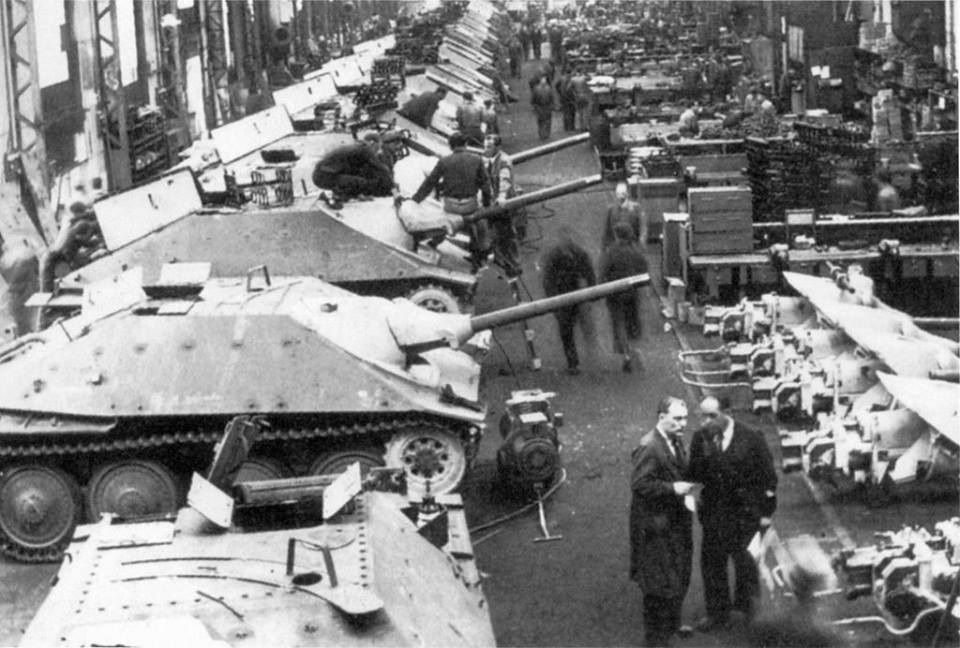The Soko Works, Mostar, Tuesday, 16 December 1947
A novelist might have described the meeting as ‘A Gathering of Eagles’; the subject being the future of the firm’s aircraft development programme. Boris Cijan and Stanko Obad, leaders of the design team, with their staff, were closeted with Velimir Radojkovic, chairman of the National Aviation League, and Goran Maksimović, the project’s patron in Parliament. The latest progress reports on the ‘Zolja’ research aircraft lay before each of them.
“We know we have problems with the design,” said Cijan, in some agitation. “Telling us over and over that we do will not help matters.” His last comment was directed towards Radojkovic, who had spent the last ten minutes on the subject.
“But when will you engineers come up with an aircraft that the air force can use?” Radojkovic demanded. “You told us that the last redesign would work.”
“That is not what was said,” Obad replied, in quiet earnestness. “We felt that by redesigning the airframe we could have the first ‘Zolja’ prototype flying before the end of the year – and not only do we have the Hirth-powered aircraft available, we have the second with the French engines; and the third, with the German engines, will fly soon as well.”
Radojkovic was agitated. “But the airplane is not combat-worthy!”
Cijan took up the cudgels. “It was not meant to be; it was to test our abilities to design a modern jet aircraft; and we have made mistakes. The tail-wheel configuration, while adequate for traditional aircraft, will not do for jet aircraft – their landing speeds are too great; the structural forces on the empennage has proven greater than anticipated, and the stop-gap bracing has induced flutter at high speeds. We could certainly fly the aircraft at greater speeds if we wished to crash it and kill the pilot.”
“And I thank you for your caution,” said Maksimović, deadpan. “That would also kill any hopes of a domestic jet warplane for ten years.”
“Precisely,” Cijan agreed.
“So you speak of a third design,” Maksimović continued, picking up the report. “This would address the issues you have uncovered thus far?”
Obad nodded in agreement. “It is a far heavier aircraft, and here we have incorporated provision for armament in the design from the outset. If we can get funding, we would hope to have a prototype flown by the middle of next year.”
“As you know, the Government has ordered a second batch of Meteors from Britain; General Rupnik could not be convinced otherwise.” Maksimović had tried to hold off committing Yugoslavia’s hard currency reserves as long as possible. “Given the faster pace of western designs, it is unlikely that we can continue to avoid a major purchase decision. The middle of next year may be too late.”
“Then we will have to burn the midnight oil,” Cijan admitted.

